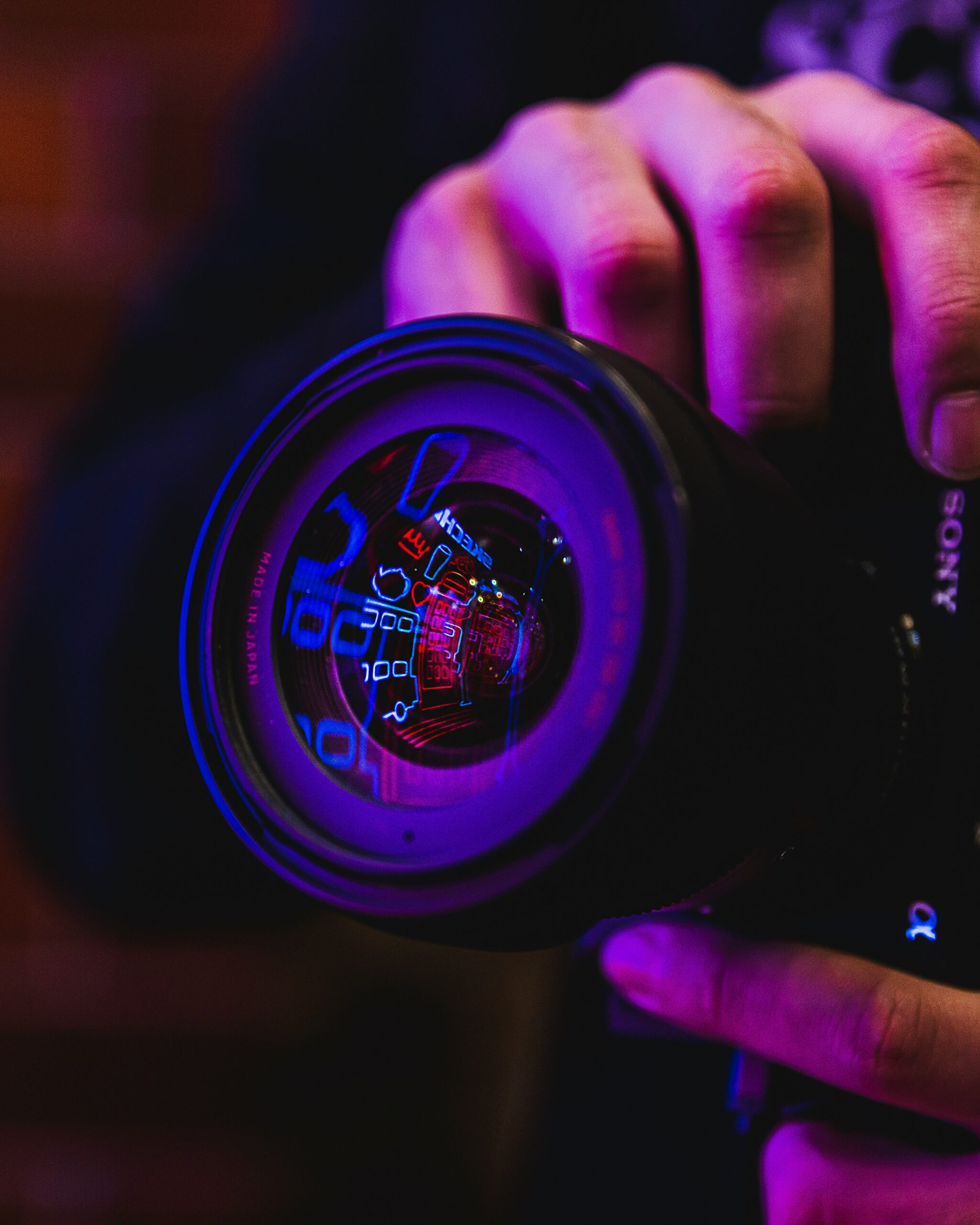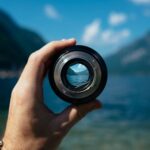Back button focus (BBF) is a powerful technique that separates the focusing function from the shutter release button, allowing photographers greater control over their shots. While it might seem like a small adjustment, using the back focus button can significantly enhance your photography experience and results. Here’s why incorporating back button focus into your shooting routine is a great idea.
1. Improved focus control
One of the primary advantages of back button focus is the enhanced control it provides:
- Separation of focus and shutter: By assigning focus to a button on the back of the camera, you can lock focus on your subject and recompose without worrying about the camera refocusing when you press the shutter.
- Continuous focus tracking: For moving subjects, you can keep the back focus button pressed to continuously track the subject, ensuring sharp focus even with movement.
2. Faster shooting
Using back button focus can speed up your shooting process:
- Quick focus lock: Once focus is locked with the back button, you can take multiple shots without refocusing, saving time and increasing your chances of capturing the perfect moment.
- Immediate shutter release: With focus already set, the shutter release becomes instantaneous, reducing lag and allowing for faster, more responsive shooting.
3. Greater flexibility in different scenarios
Back button focus offers versatility in various shooting conditions:
- Static subjects: For still subjects, you can lock focus once and shoot freely without worrying about the camera refocusing.
- Dynamic scenes: For sports, wildlife, or any action photography, continuous focus tracking with the back button ensures you don’t miss critical moments due to focus hunting.
4. Enhanced composition freedom
By decoupling focus from the shutter, you gain more freedom in composition:
- Recompose easily: Lock focus on your subject using the back button, then recompose your shot without losing focus, allowing for more creative framing.
- Focus and exposure independence: In situations where you want to meter and focus separately, back button focus provides this flexibility, ensuring both aspects are optimized for your shot.
5. Reduced camera shake
Back button focus can help minimize camera shake:
- Stable hand position: Using a separate button for focus allows you to maintain a stable grip on the camera, reducing movement that might occur when half-pressing the shutter button.
- Steadier shots: With focus already locked, you can gently press the shutter without disturbing the camera’s position, leading to sharper images, especially in low light or when using slower shutter speeds.
6. Consistency across different shooting modes
Back button focus ensures consistent performance across various camera modes:
- Manual and auto modes: Whether shooting in manual, aperture priority, or any other mode, your focus method remains consistent, simplifying your workflow.
- Video recording: For videographers, using the back focus button allows smoother transitions and better focus control during filming.
How to set up back button focus
Setting up back button focus is straightforward:
- Access camera menu: Go to your camera’s settings menu.
- Assign back button: Find the custom controls or button assignment section and set one of the rear buttons (usually labeled AE-L/AF-L or AF-ON) to control autofocus.
- Disable shutter focus: Ensure the shutter button no longer controls autofocus. This setting is often found in the autofocus or button configuration menu.
Conclusion
Adopting back button focus can revolutionize your photography, providing greater control, flexibility, and efficiency. It may take some time to get used to this technique, but once you do, you’ll likely find it an indispensable part of your shooting routine. Give it a try and experience the benefits of back button focus for yourself!
Written by AI. Photo by Amari James on Unsplash.


